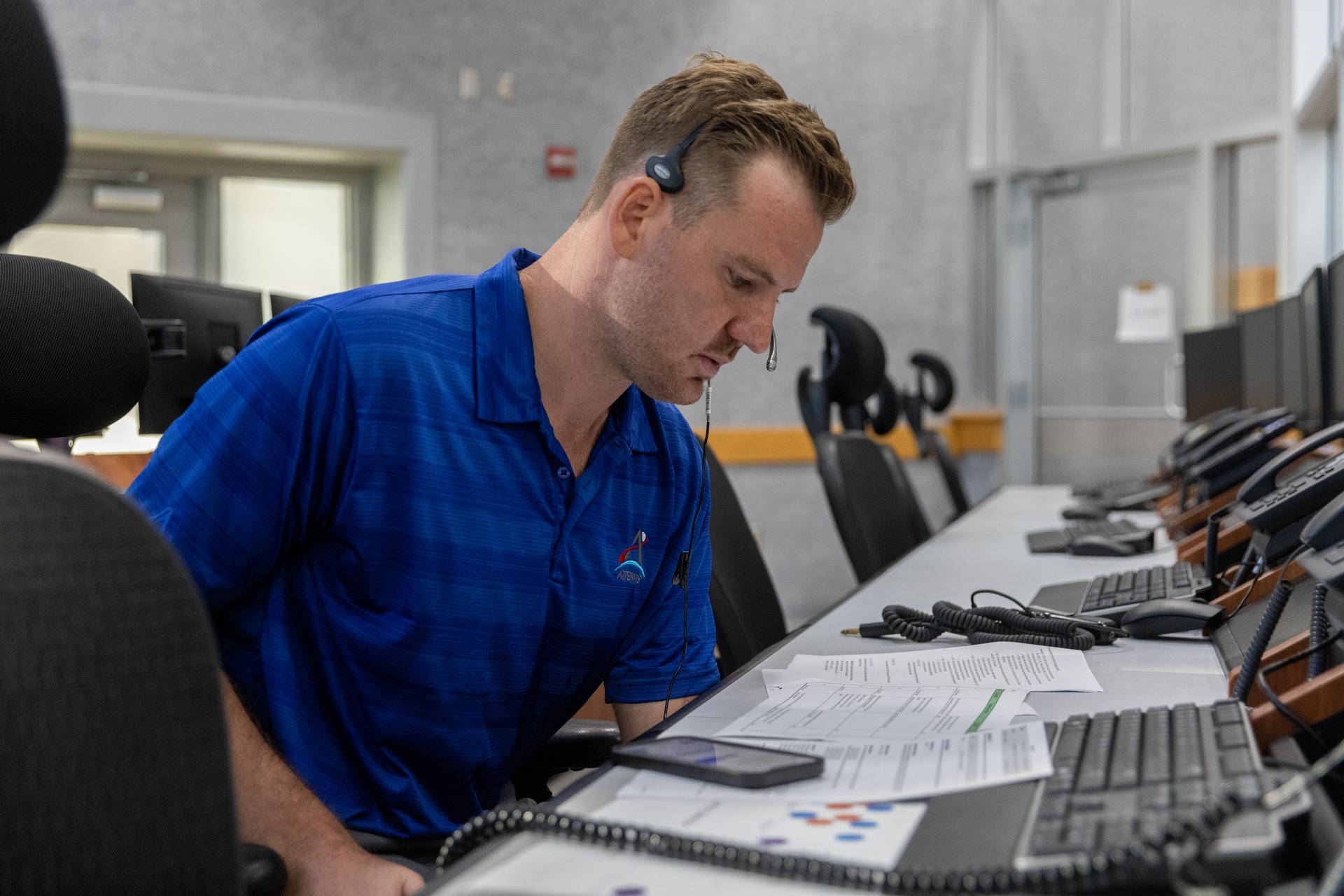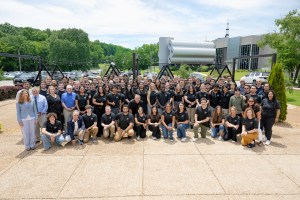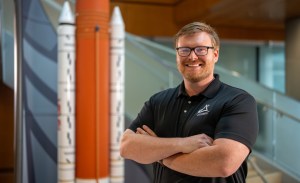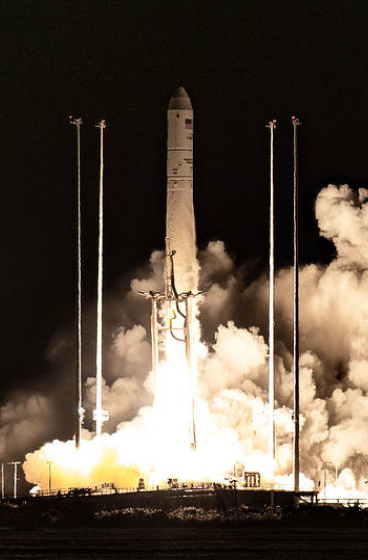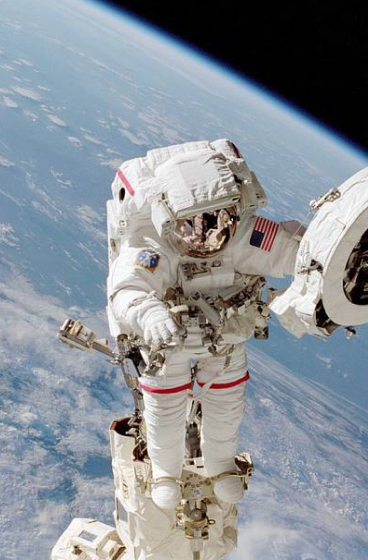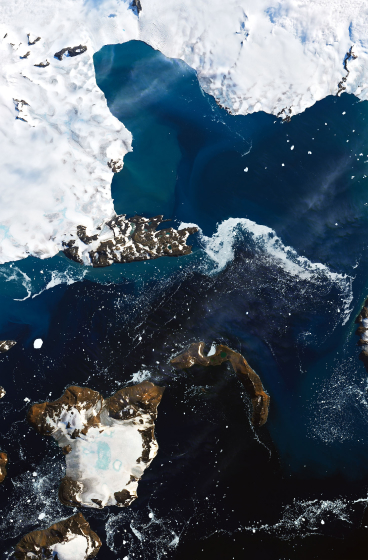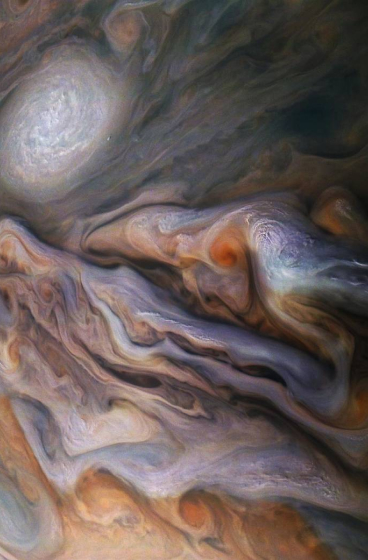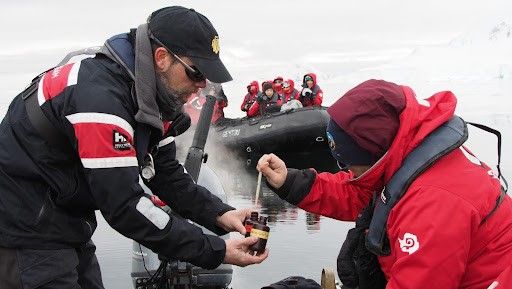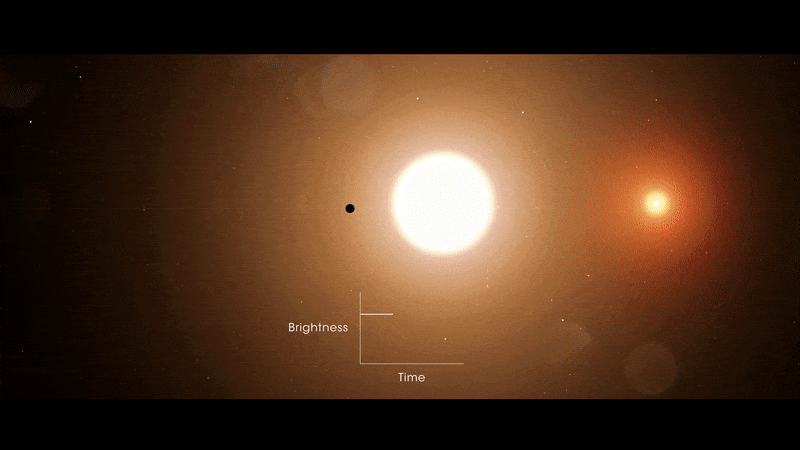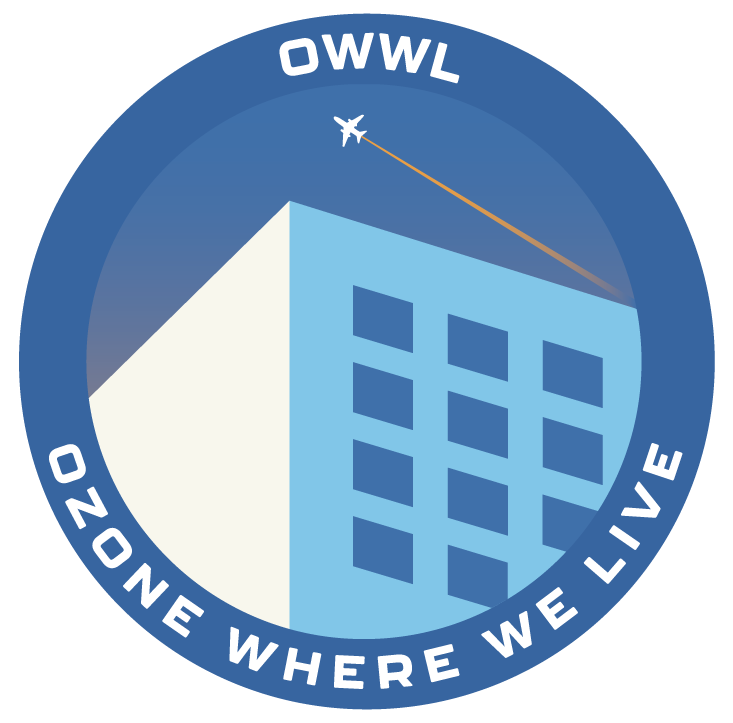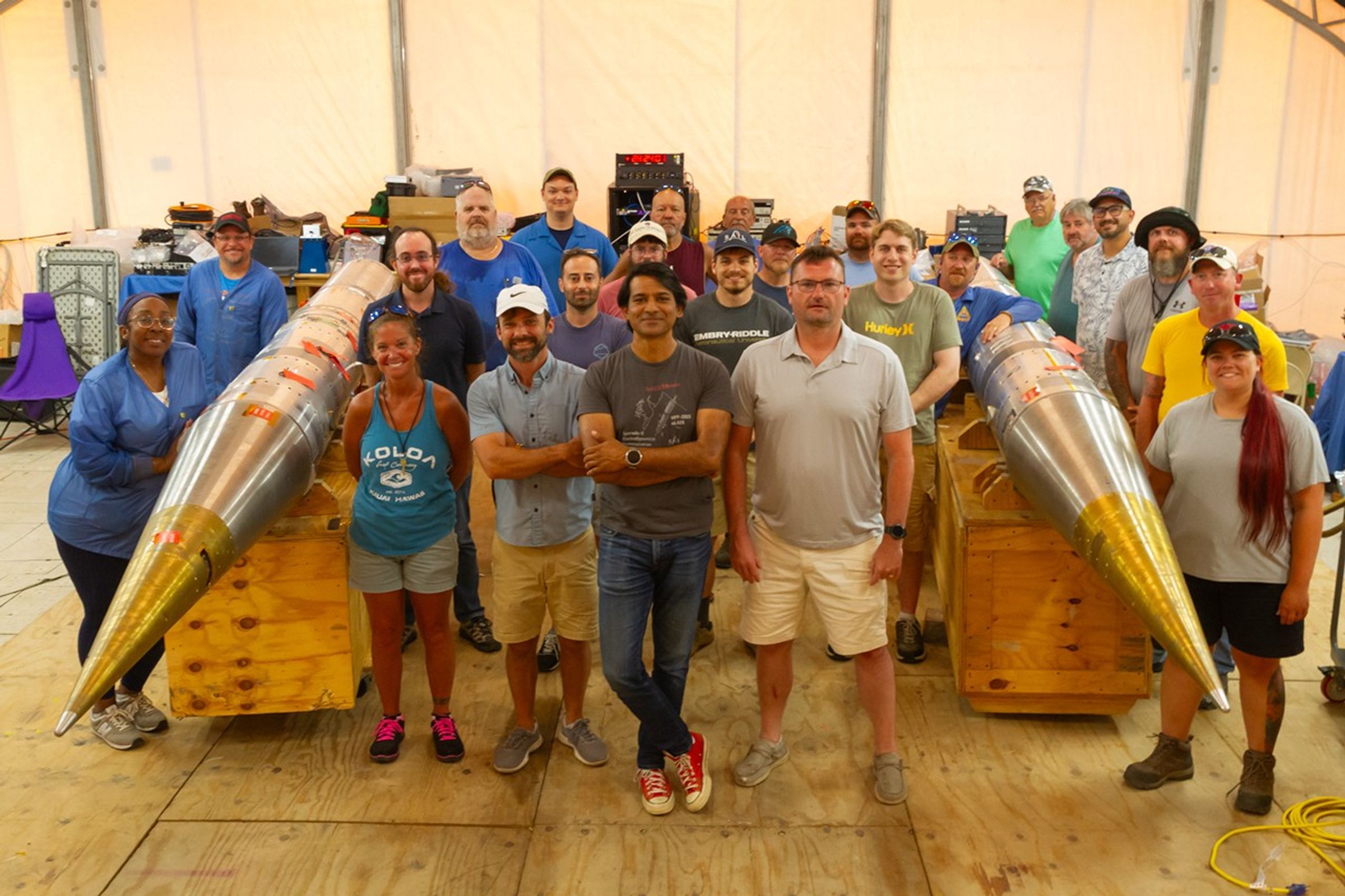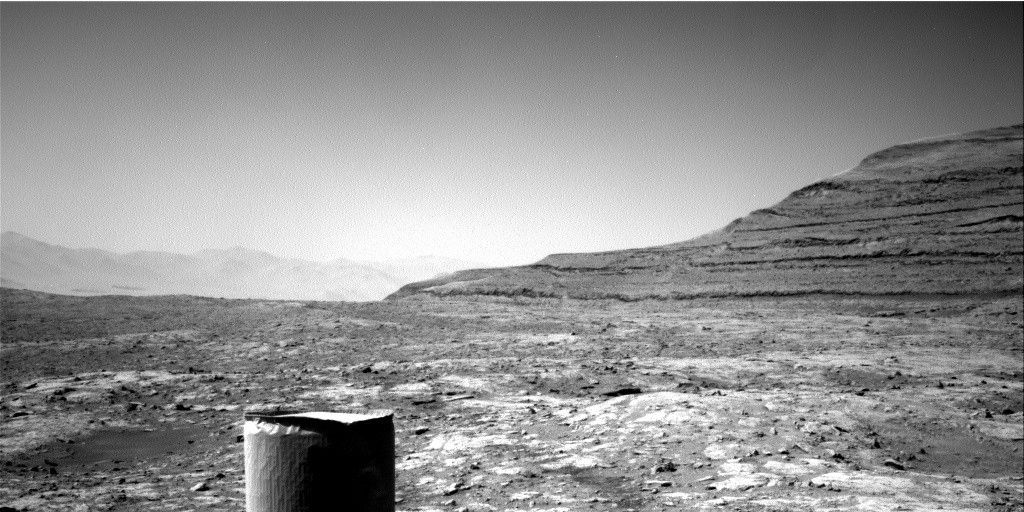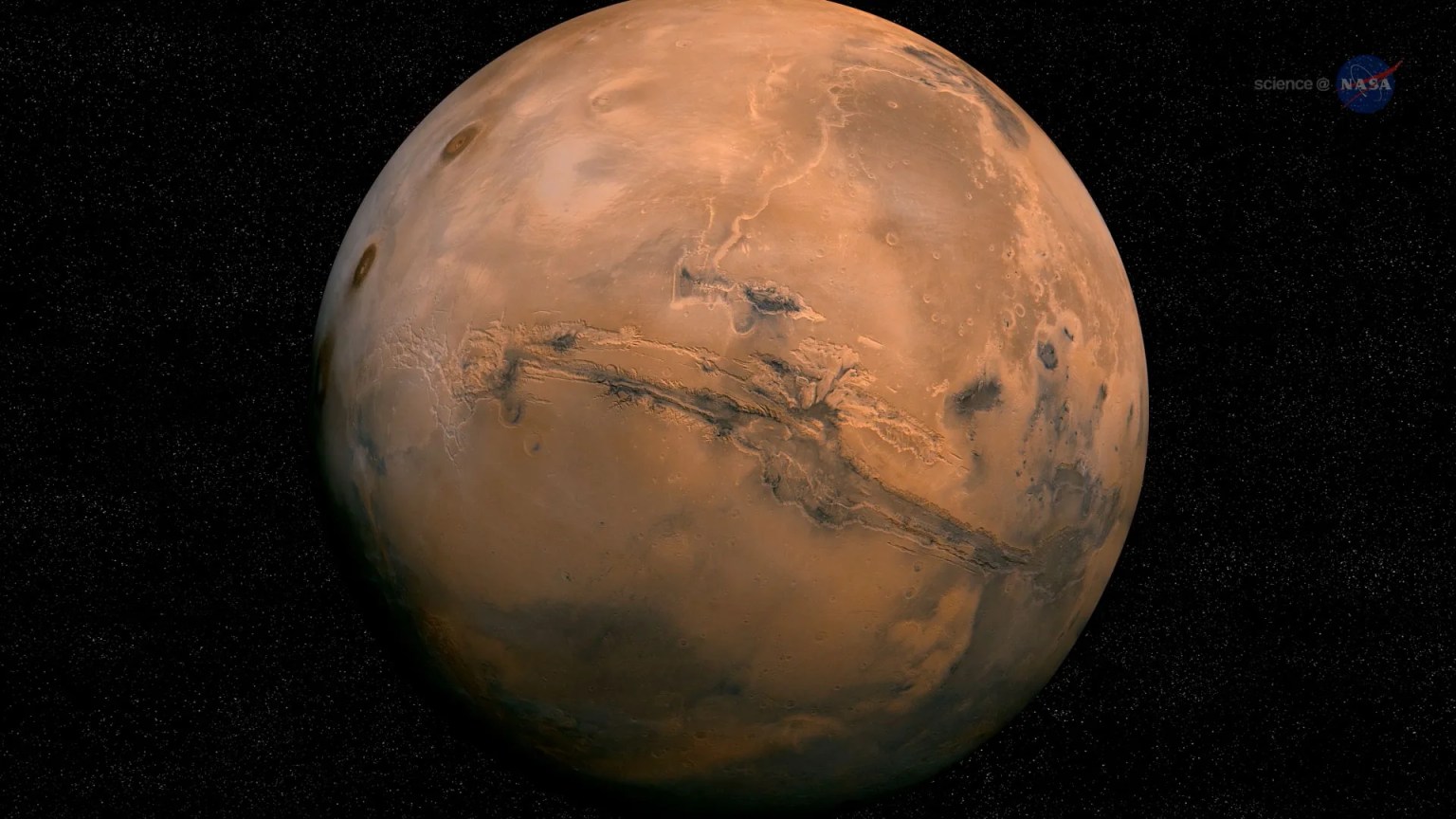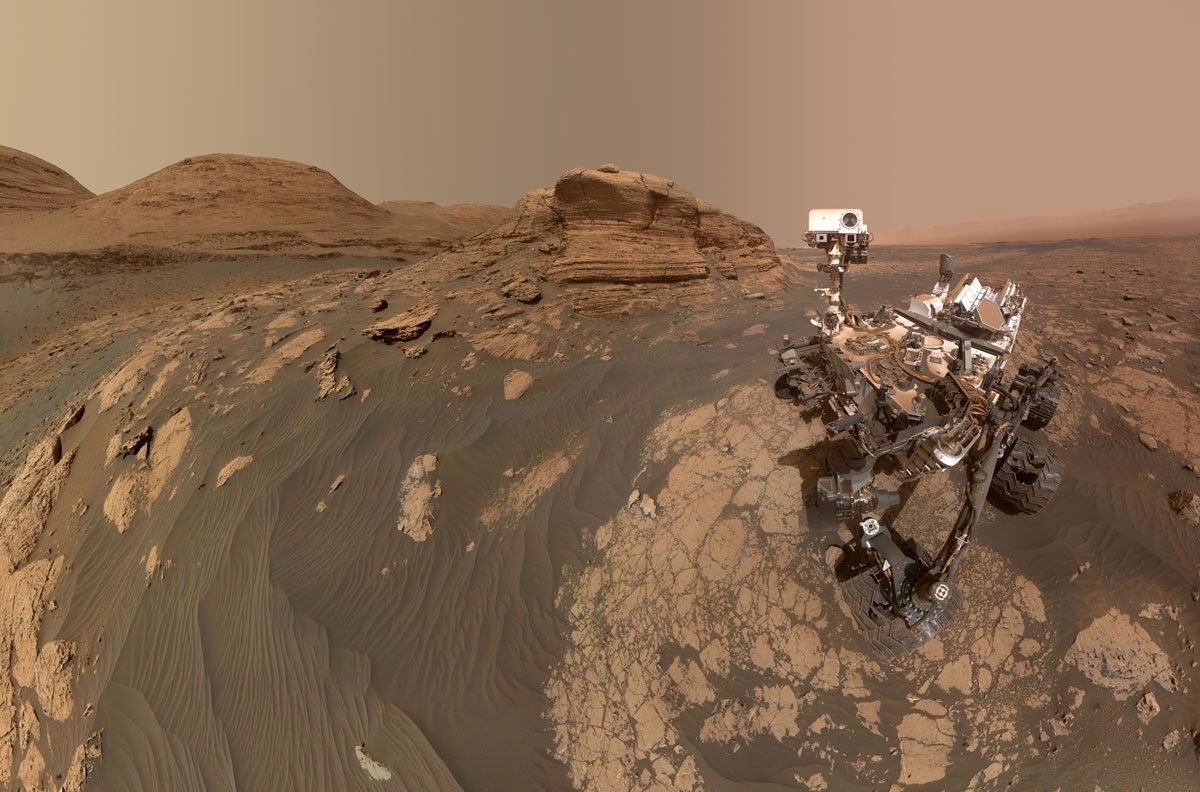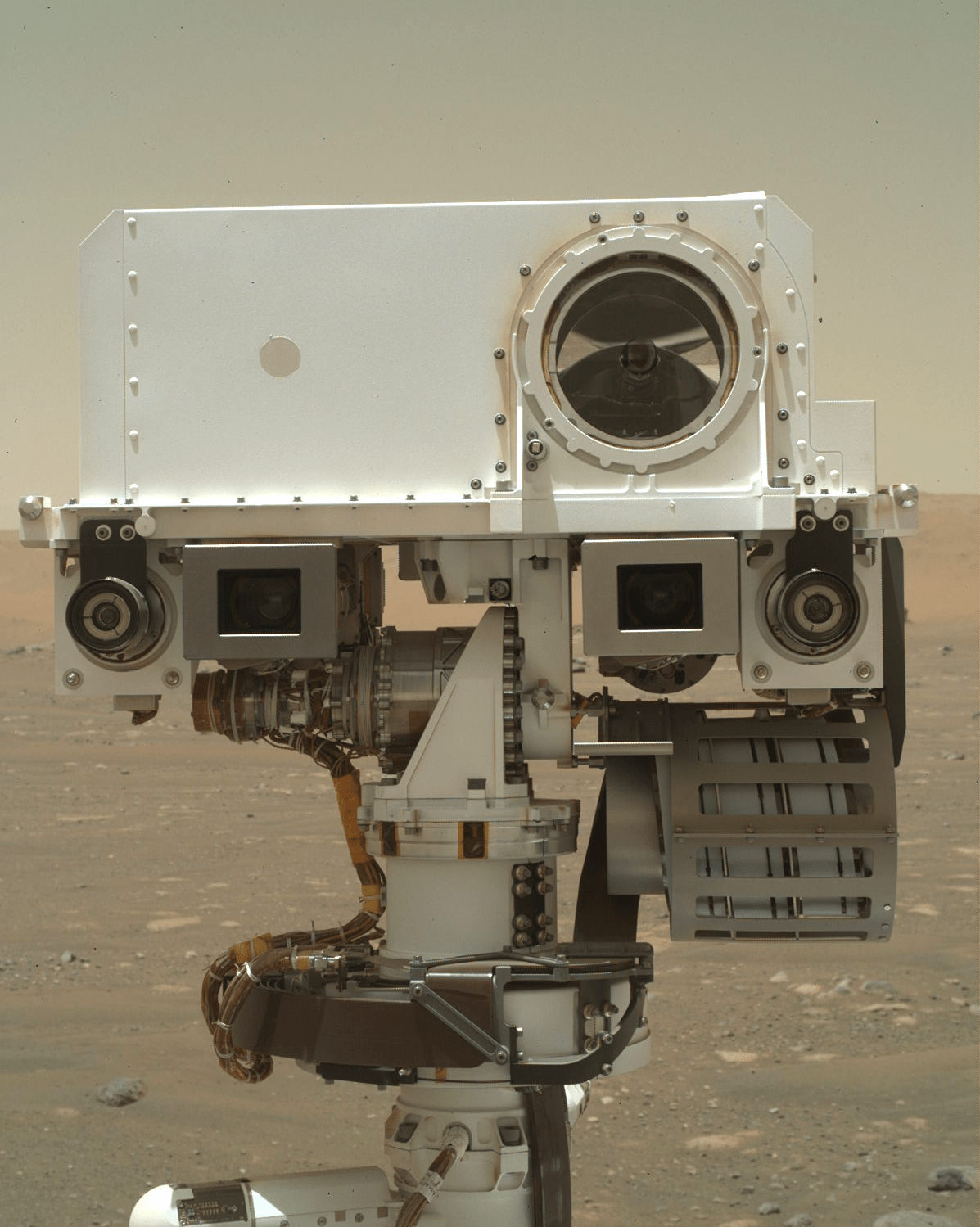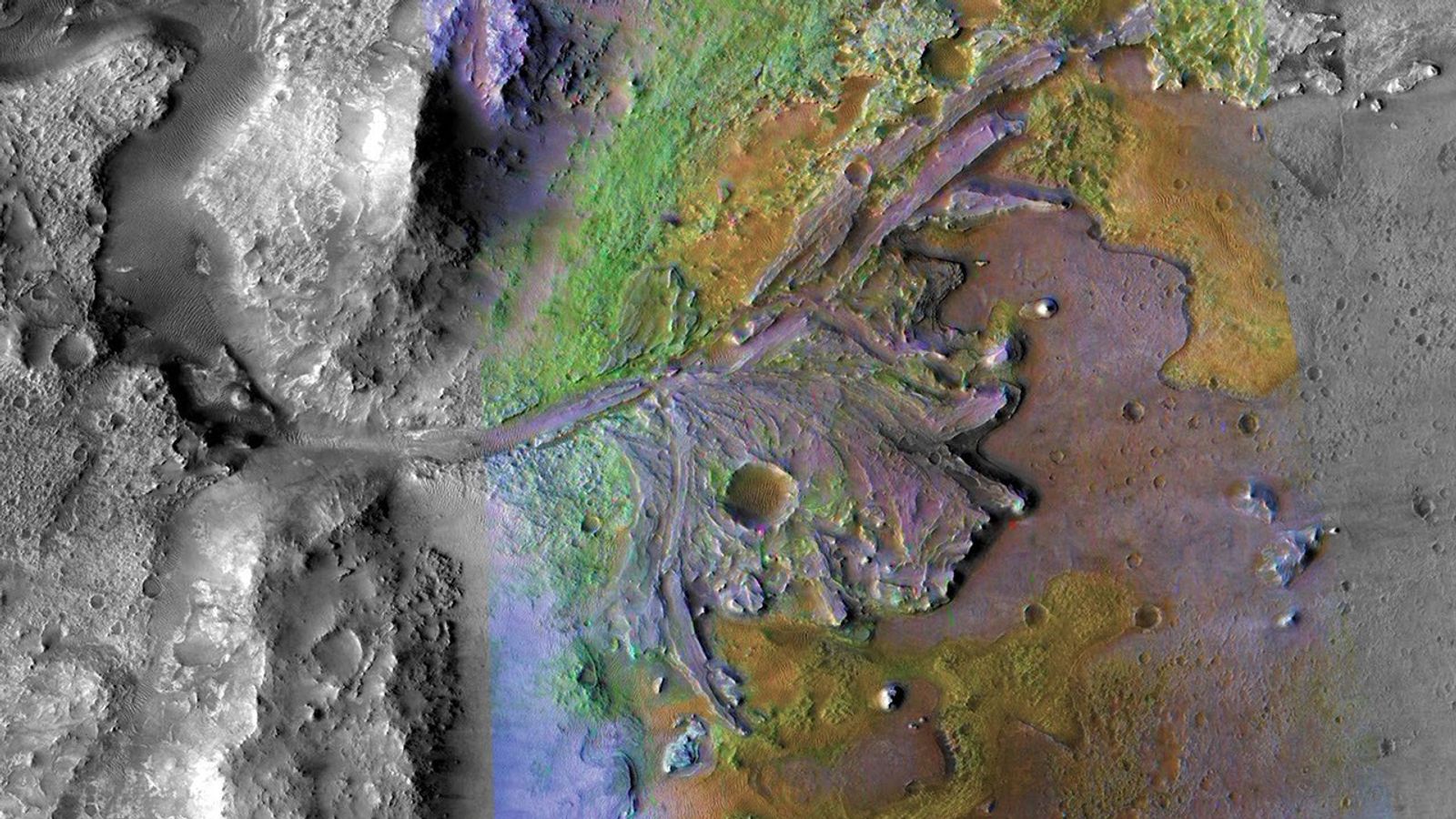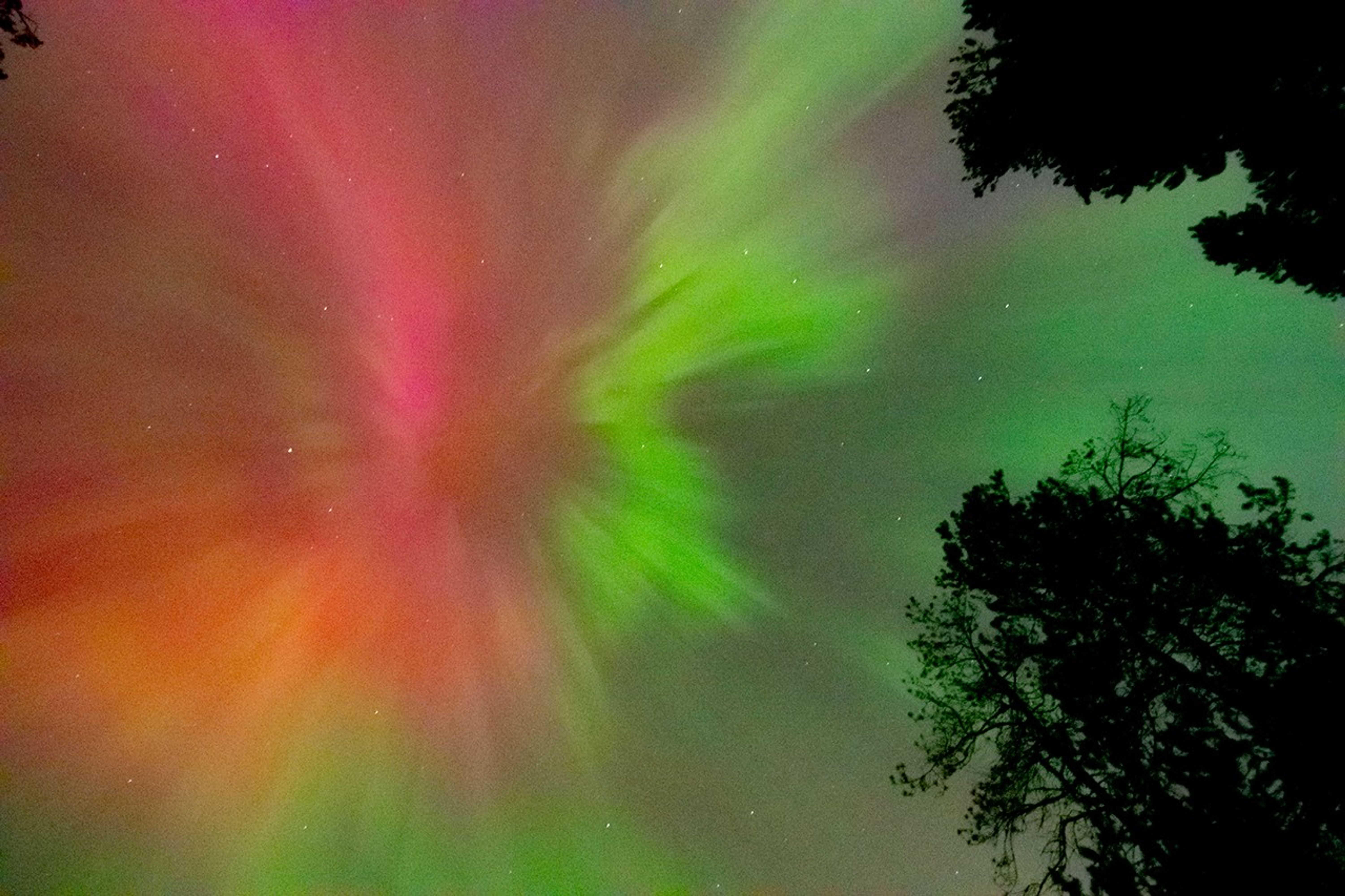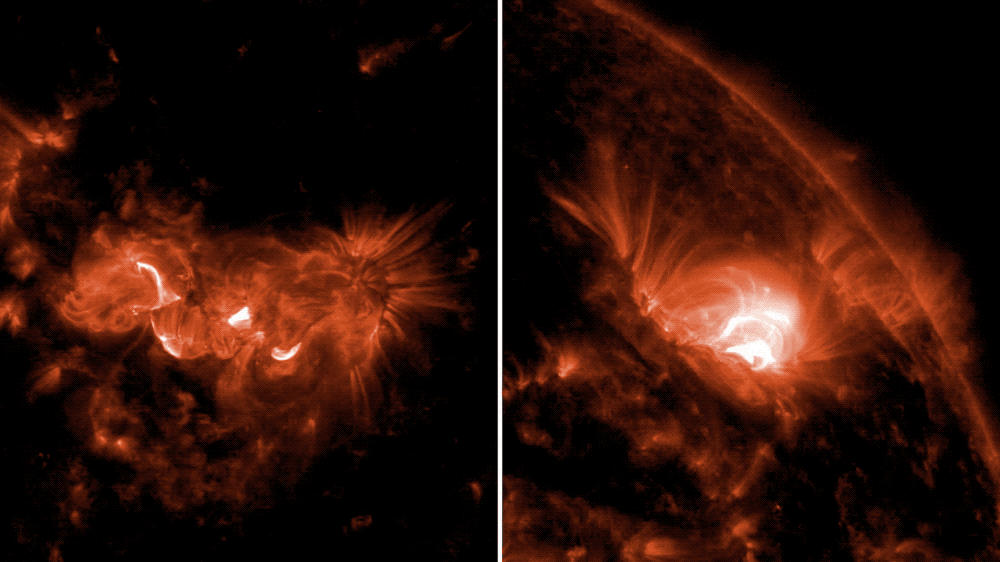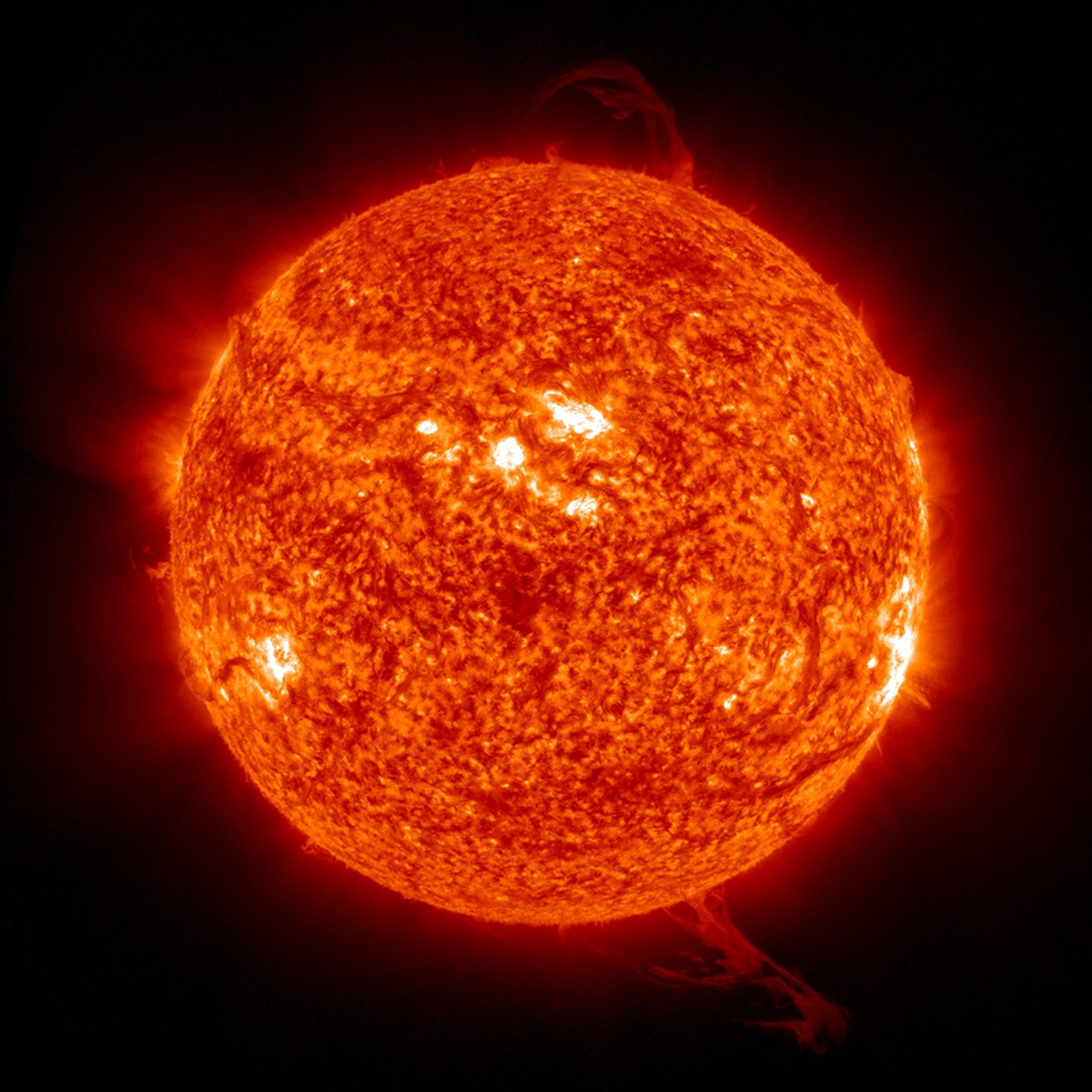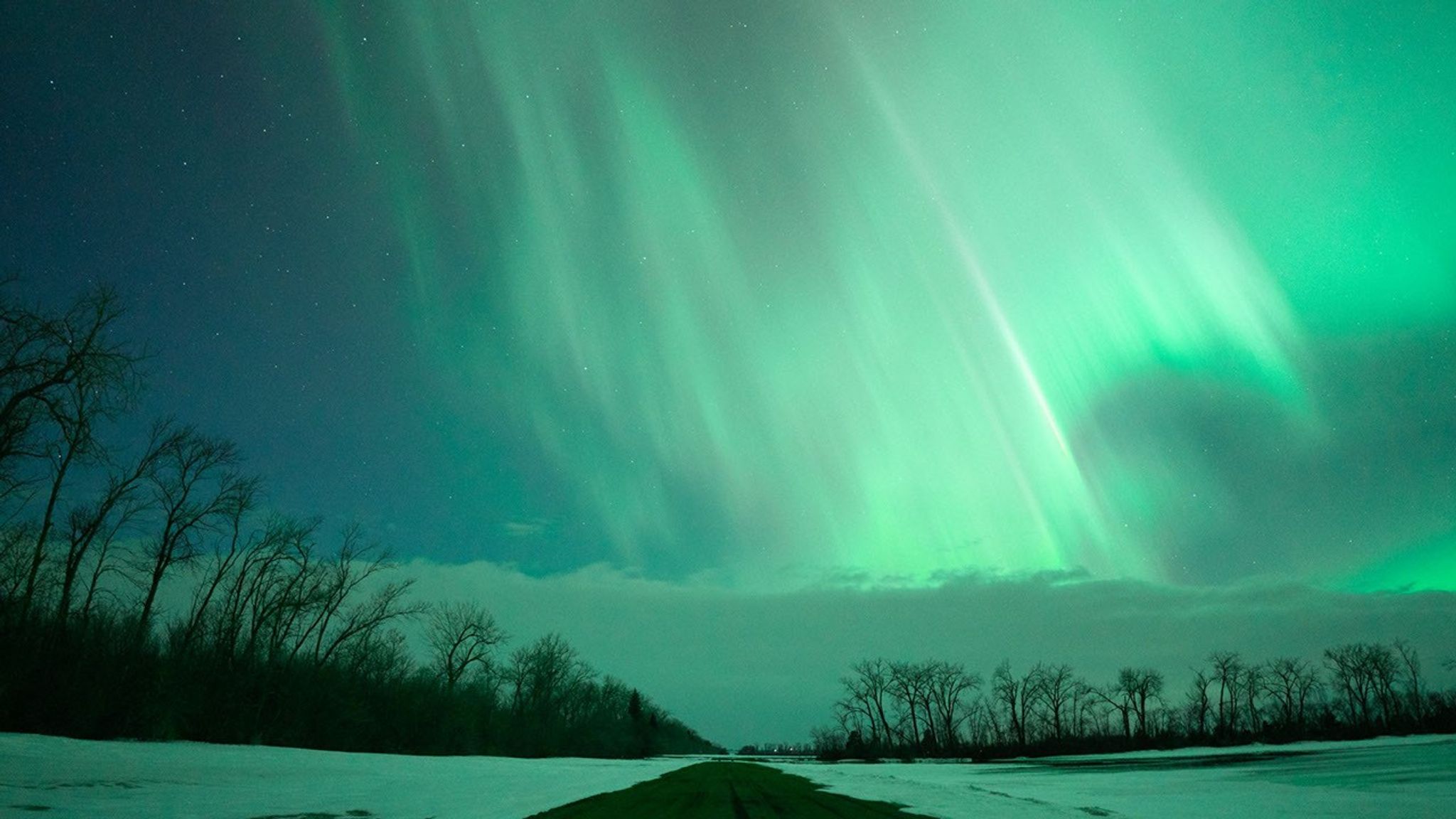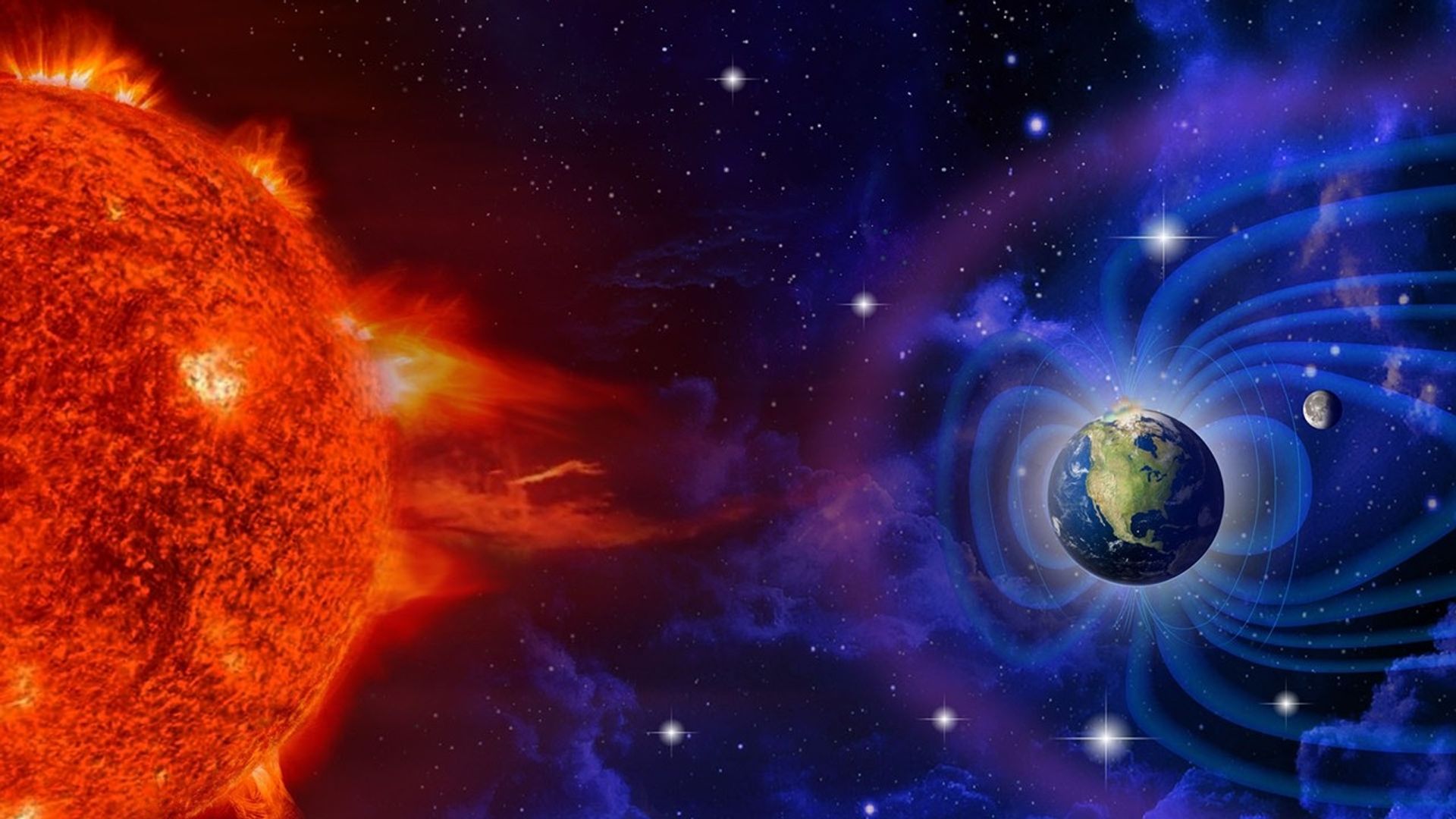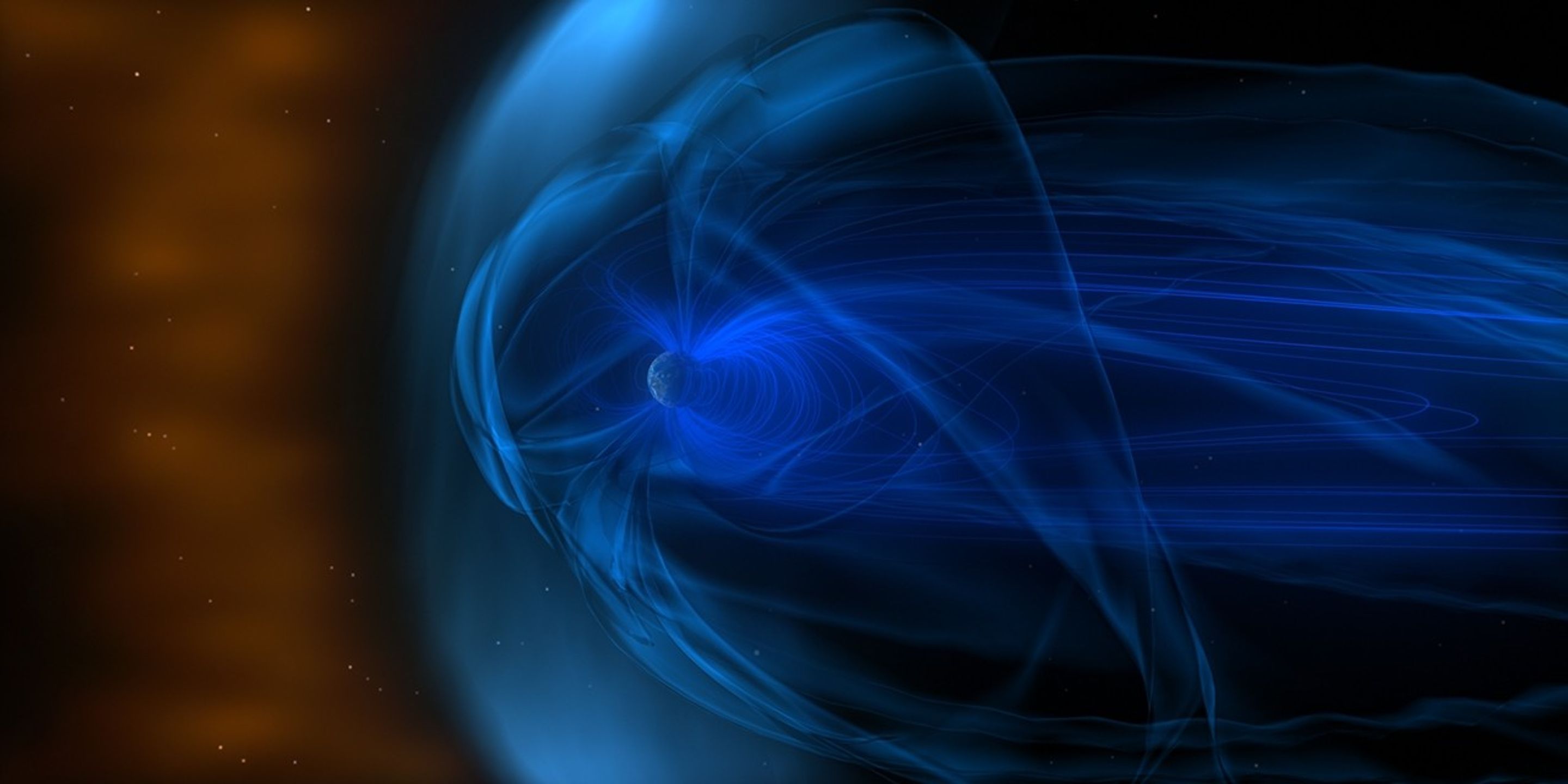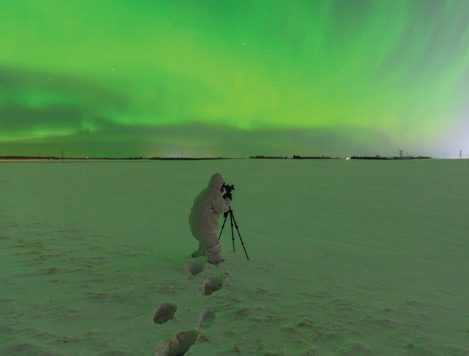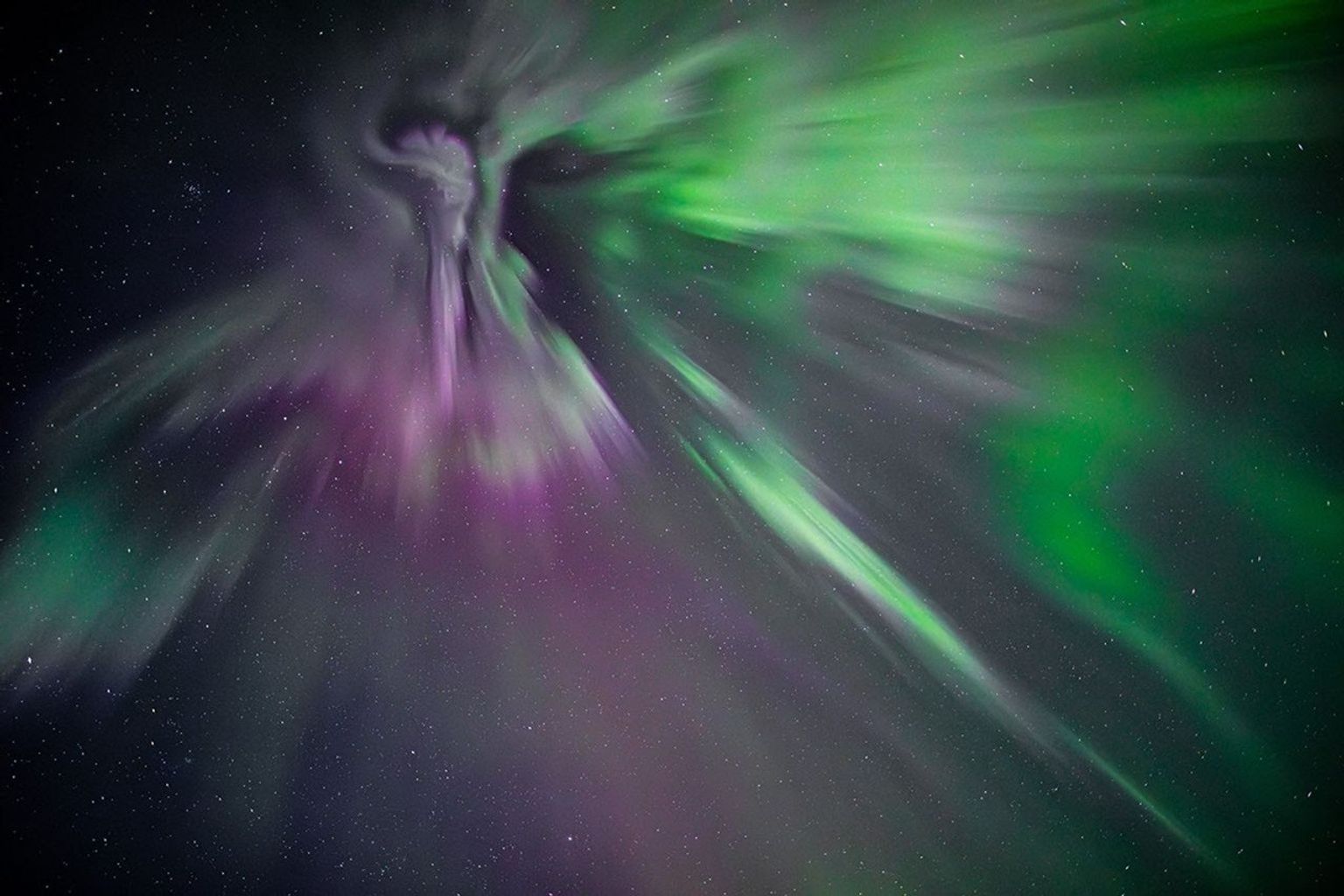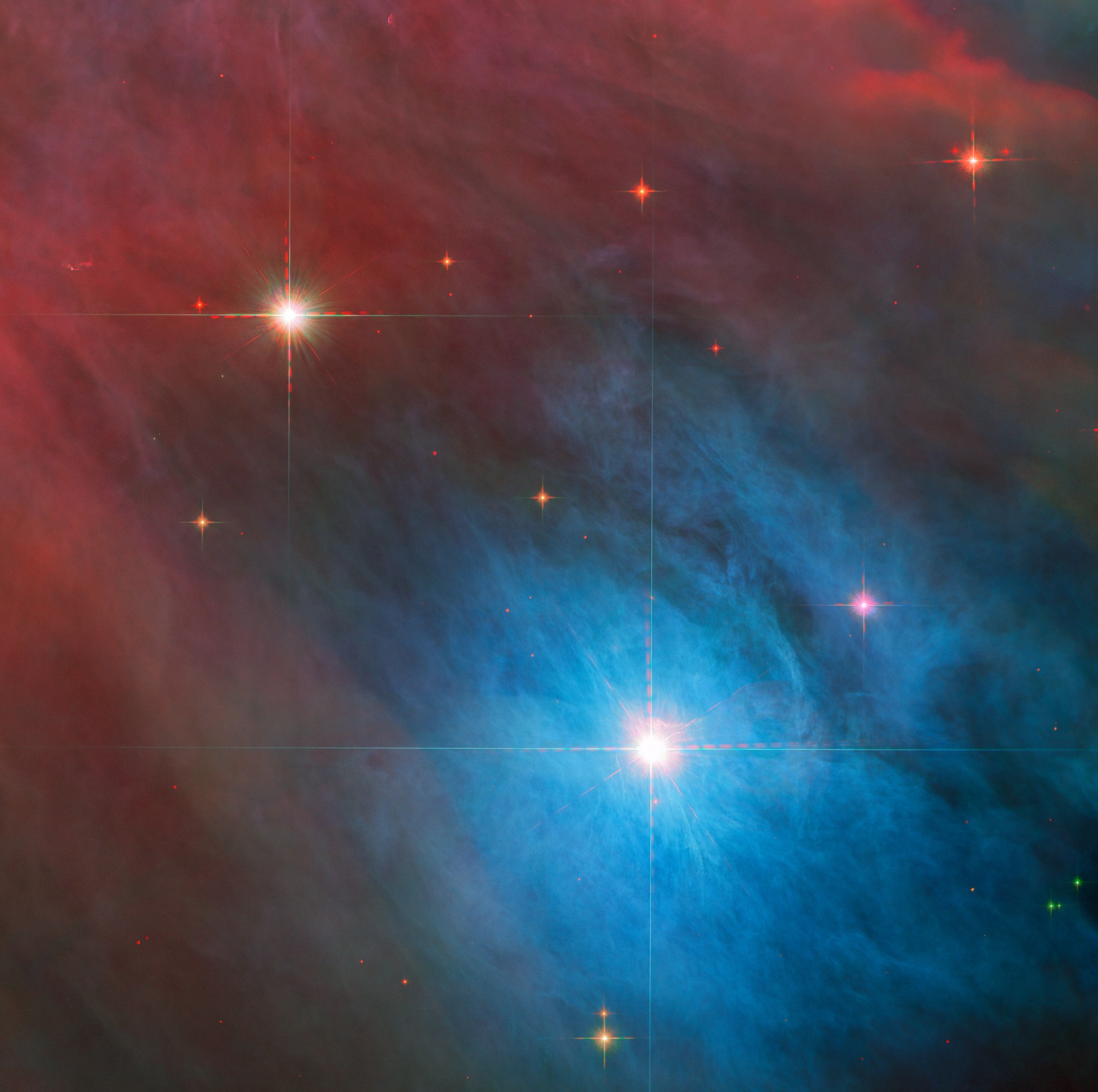📰 Trending Topics
Google News - Trending
Budget-Friendly Steak Frites Are Trending in Atlanta - Eater Atlanta
2025-07-08 13:15
Trending now: Labubu, Veo 3, bbno$ & more - YouTube Official Blog
2025-07-08 22:22
Google News - Technology
Samsung's bet on foldable phones faces major test with slimmer new model - Yahoo Finance
2025-07-09 14:04
- Samsung's bet on foldable phones faces major test with slimmer new model Yahoo Finance
- Samsung's latest foldables are thinner, lighter, and put Apple on notice Yahoo Finance
- Samsung unveils the Galaxy Z Fold 7, Watch 8 and more USA Today
- Galaxy Unpacked 2025 Live: New Samsung Phone Revealed CNET
- Samsung launches three new foldable smartphones as it fends off Chinese rivals CNBC
Apple Didn’t Approve, but Amazon Clears Out AirPods Pro 2 at a Record Low for Prime Day - Gizmodo
2025-07-09 13:41
- Apple Didn’t Approve, but Amazon Clears Out AirPods Pro 2 at a Record Low for Prime Day Gizmodo
- Prime Day 2025: 143 of the best deals to shop now from brands like Apple and Dyson AboutAmazon.com
- Nearly all AirPods just hit their lowest price ever for Amazon Prime Day CNN
- The 10+ Best Prime Day Apple Deals The New York Times
- The 11-inch M3 iPad Air heavily discounted for Prime Day The Verge
Samsung Galaxy Watch8 Series: Ultra Comfort, from Sleep to Workout - samsung.com
2025-07-09 14:02
- Samsung Galaxy Watch8 Series: Ultra Comfort, from Sleep to Workout samsung.com
- Samsung Unveils Redesigned Smartwatches With Google’s AI Built In Bloomberg.com
- First Look: Samsung's Galaxy Watch 8 Is Smarter Than Ever, But It'll Cost You PCMag
- Samsung Galaxy Watch 8 series hands-on: squircle squad The Verge
- Samsung Galaxy Watch 8 hands-on: New look, new AI and.... new antioxidants? Engadget
Next-Gen Apple Pencil Could Work on Any Surface - MacRumors
2025-07-09 07:12
- Next-Gen Apple Pencil Could Work on Any Surface MacRumors
- An Apple patent reveals a trackball tip based Apple Pencil with advanced sensors that allows content generation on non-touch surfaces patentlyapple.com
- Apple just patented a trackball Apple Pencil that works on almost any surface 9to5Mac
- Apple’s S Pen alternative might work with iPhone, MacBook Pro, and even Apple Watch PhoneArena
- Apple patent reveals stylus that draws in air, no screen needed India Today
NASA - Breaking News
I Am Artemis: Joe Pavicic
2025-07-09 15:00
I Am Artemis: Joe Pavicic

Listen to this audio excerpt from Joe Pavicic, Artemis operations project engineer
0:00 / 0:00
Joe Pavicic will never forget when he told the Artemis launch director teams were NO-GO for launch.
Before Artemis I lifted off from NASA’s Kennedy Space Center in Florida in November 2022, the launch team made multiple launch attempts the months prior.
“During a previous Artemis I launch attempt, there was an issue with engine three,” said Pavicic, operations project engineer who worked on the engines console during Artemis I. “One sensor was showing that it wasn’t seeing liquid hydrogen through it. It was showing that it was at ambient temperature.”
And I had to tell the launch director, ‘We can't get there today with the current criteria that we have. My recommendation is a NO-GO.’
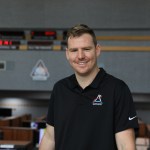
Joe pavicic
Operations Project Engineer
Prior to engine ignition, launch team controllers must first chill the engines before the cryogenic liquid propellant fuels and lifts the SLS (Space Launch System) rocket and Orion spacecraft into the heavens and onward to the Moon. Chilling the engines ensures the hardware doesn’t get damaged when exposed to the super-cooled liquid hydrogen at -423 degrees Fahrenheit.
“We tried everything we could think of,” Pavicic recalls. “Any procedure we could try, we tried it, and we just never saw those rates that we should have.”
Thus, Pavicic, who is originally from West Palm Beach and studied aerospace engineering at Embry Riddle Aeronautical University in Daytona Beach, Florida, went back to the drawing board with the rest of his team, working days and nights rewriting procedures and learning new lessons about the engines and sensors until they were finally able to get to a successful launch.
“I just remember after I said, 'NO-GO,' I felt like all these people came to watch the launch, all my family, and I'm like, ‘I'm the guy,' but I told myself, ‘I'm not going to be the one to say this for the next launch attempt. I'm going to do what I can to get us there.’

joe pavicic
Operations Project Engineer
NASA successfully launched and flew the Artemis I mission and now, Pavicic is working as one of the operations project engineers, continuing to help the launch team develop new launch commit criteria and procedures within the launch countdown ahead of Artemis II, the first crewed Artemis mission, which will send four astronauts around the Moon and back in 10 days next year.
About the Author
Antonia Jaramillo
Share
Details
Related Terms
Polar Tourists Give Positive Reviews to NASA Citizen Science in Antarctica
2025-07-09 13:30
2 min read
Polar Tourists Give Positive Reviews to NASA Citizen Science in Antarctica
Citizen science projects result in an overwhelmingly positive impact on the polar tourism experience. That’s according to a new paper analyzing participant experiences in the first two years of FjordPhyto, a NASA Citizen Science project..
The FjordPhyto citizen science project invites travelers onboard expedition cruise vessels to gather data and samples during the polar summer season, helping researchers understand changes in microalgae communities in response to melting glaciers. Travelers in Antarctica from November to March help collect phytoplankton and ocean data from polar regions facilitated by trained expedition guides.
The new research found that ninety-seven percent of respondents reported that participating in citizen science enriched their travel experience. The paper provides a first understanding of the impact of citizen science projects on the tourism experience.
“I was worried that I would feel guilty being a tourist in a place as remote and untouched as Antarctica,” said one anonymous FjordPhyto participant. “But being able to learn and be a part of citizen science, whilst constantly being reminded of our environmental responsibilities, made me feel less like just a visitor and more a part of keeping the science culture that Antarctica is known for alive and well.”
For more information and to sign up, visit the FjordPhyto website.
Share
Details
Related Terms
Continuing the Quest for Clays
2025-07-08 19:09
3 min read
Continuing the Quest for Clays
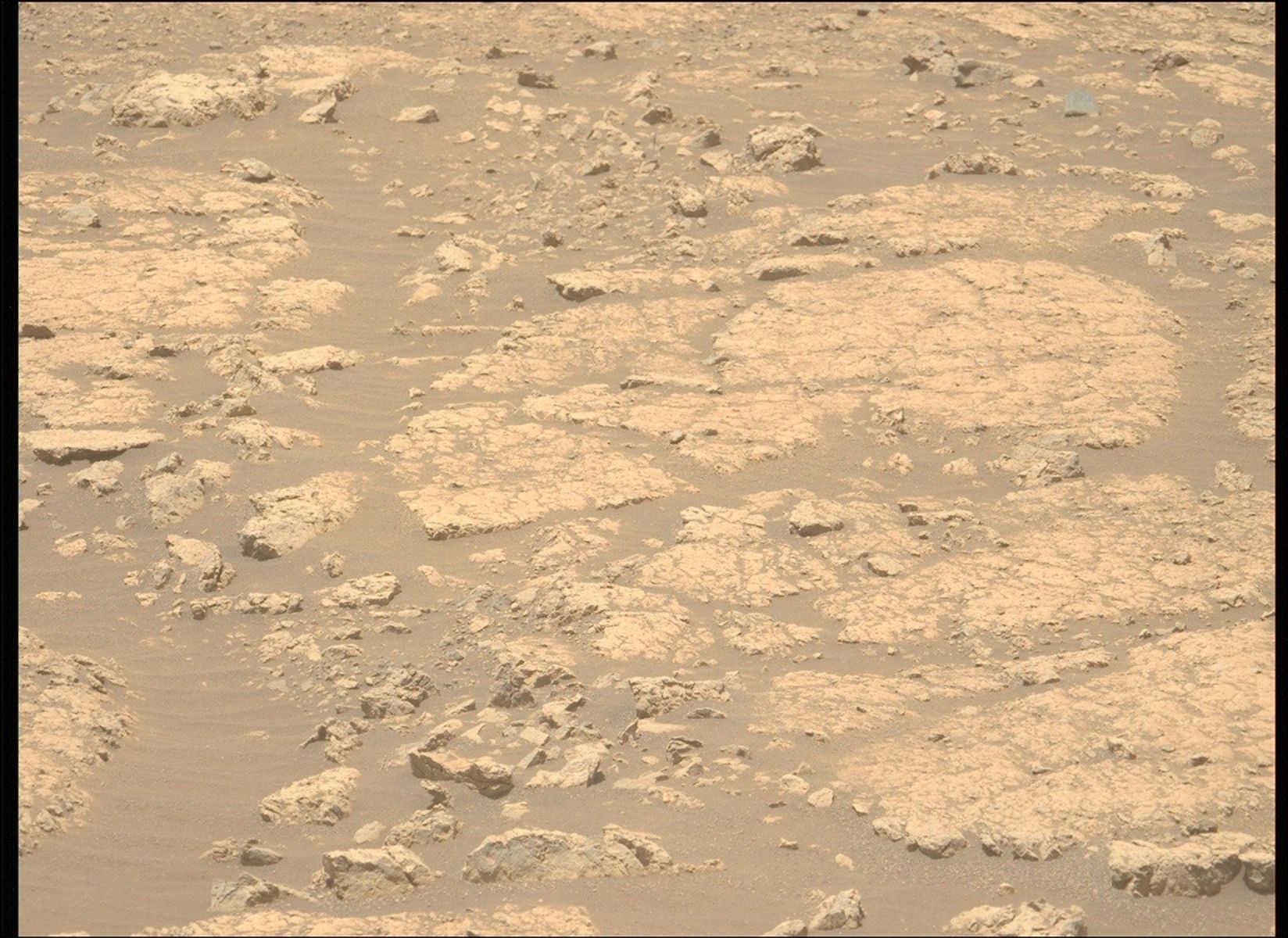
Written by Eleanor Moreland, Ph.D. Student Collaborator at Rice University
For the past month and a half, Perseverance has been exploring the Krokodillen plateau in search of clay-bearing rocks. An earlier blog discussed that these rocks could hold clues to Mars’ watery past, and Perseverance has been exploring multiple potential locations to find a suitable target to sample. When a coring target could not be found at the previous outcrop, the Science Team decided to return to the “Main Topsail” locality. In a single drive to this area, Perseverance drove 411.7 meters (1,350.7 feet, or just over a quarter mile) — the longest driving distance ever accomplished by a robotic vehicle on another planet. Go, Percy, go!
Back in the region near “Main Topsail” and “Salmon Point,” the team attempted to abrade and sample the clay-bearing rocks at a few different targets. These rocks, however, are proving very breakable and difficult to sample and abrade. Perseverance has experienced challenging fine-grained rocks before, such as during the fan front campaign inside Jezero crater. In that scenario and this one, the Science and Engineering teams work together diligently to find the highest priority targets and find rocks that could withstand the abrasion and coring processes. In this case, the team has decided to return to the site of a previous abrasion, “Strong Island,” to sample the rock we have already abraded and analyzed. This abrasion showed the strong clay signature the team is looking to sample, and we will make another coring attempt this week.
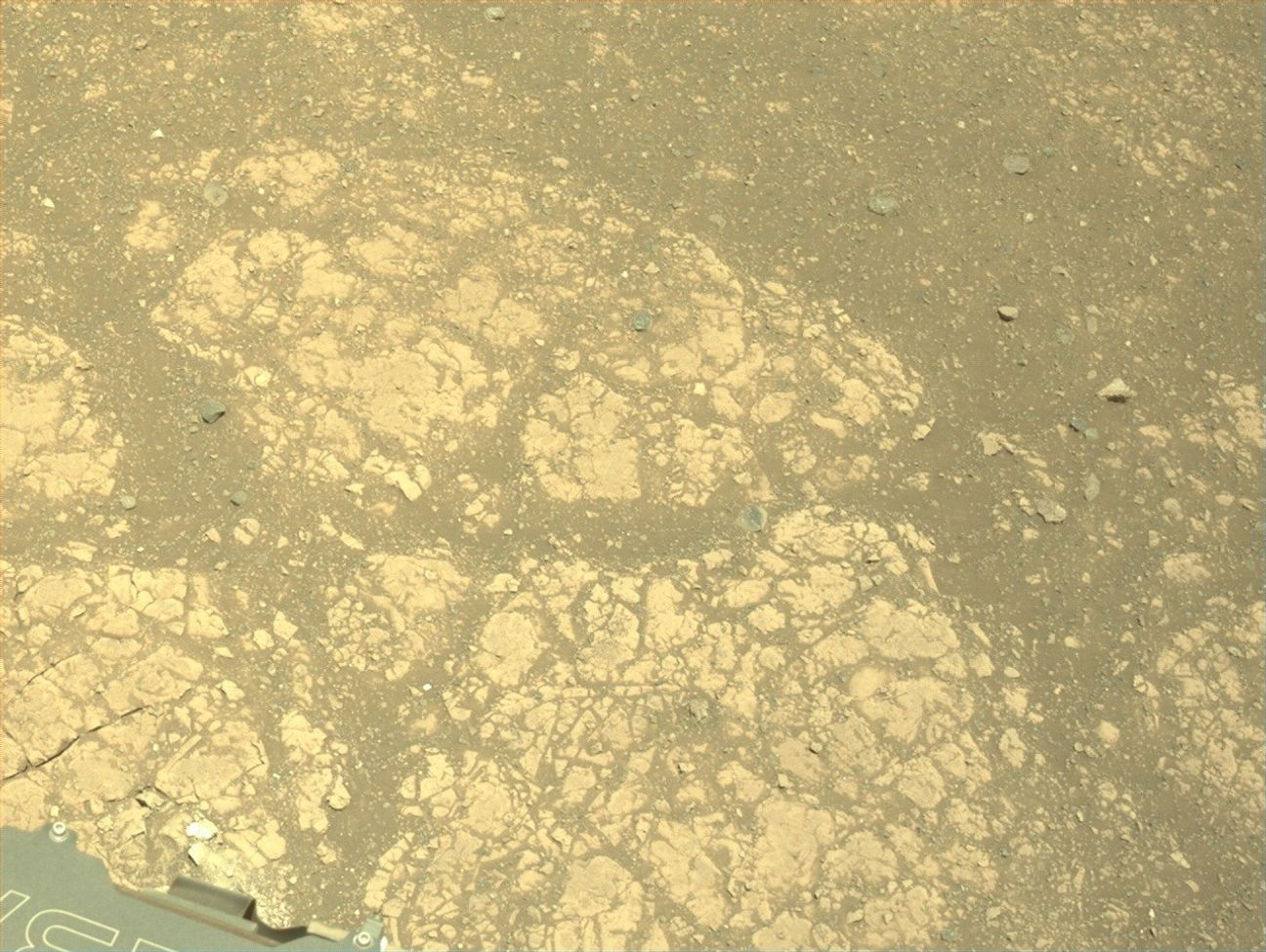
This past week, the Perseverance team hosted two very special visitors, Madeline and Joshua, and had the unique honor of fulfilling their wishes through the Make-A-Wish foundation. During their visits to JPL, Madeline and Joshua were named honorary Mars 2020 Operations Team Members. They visited the test rovers in the JPL Mars Yard, watched data arrive from the rover with the Perseverance operations team, and attended a rover planning meeting, collaborating with the science and engineering team members on campus. Madeline and Joshua will forever be connected to the Mars 2020 mission, as each selected the name of one of our planning targets. Madeline’s target, “Jigging Cove,” was a target for Mastcam-Z and SuperCam “all techniques” analysis, including LIBS, VISIR, and RMI. Joshua’s selection, “Gallants,” will be used for the next coring target. Carrying forward the resilience shown by Madeline and Joshua, Perseverance will attempt to sample this clay-rich bedrock before continuing the investigation along the Jezero crater rim.
Share
Details
Related Terms
Helio Highlights: May 2025
2025-07-08 18:37
3 min read
Helio Highlights: May 2025
Helio Highlights: May 2025
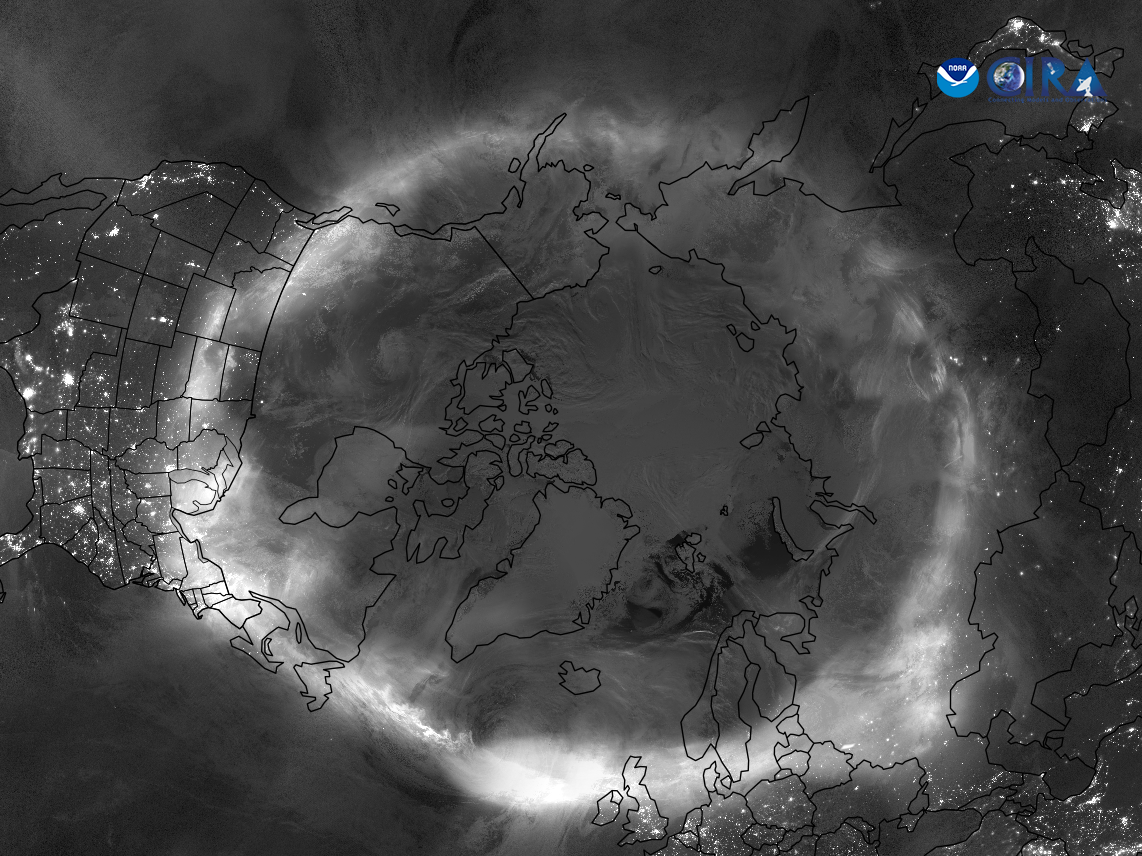
NOAA
One year ago, solar storms lit up the night sky. Why?
The Sun is 93 million miles away from Earth, on average. Even though it’s far away, we can still see and feel its effects here. One of the most beautiful effects are the auroras – colorful lights that dance across the sky near the North and South Poles. These are also called the Northern and Southern Lights. They happen when tiny particles from the Sun hit gas molecules in our atmosphere and give off energy.
Sometimes the Sun becomes very active and sends out a lot more energy than normal. When this happens, we can see auroras in places much farther from the poles than normal. In May 2024, around Mother’s Day, the Sun sent powerful solar storms in the direction of Earth. These storms were also called the Gannon Storms, named after Jennifer Gannon, a scientist who studied space weather. The Northern Lights could be seen as far south as Puerto Rico, Hawaii, Mexico, Jamaica, and the Bahamas. The Southern Lights were also visible as far north as South Africa and New Zealand.
Scientists who study the Sun and its effects on our solar system work in a field called heliophysics. Their studies of the Sun have shown that it goes through cycles of being more active and less active. Each one of these cycles lasts about 11 years, but can be anywhere from 8 to 14 years long. This is called the Solar Cycle.
The middle of each cycle is called Solar Maximum. During this time, the Sun has more dark spots (called sunspots) and creates more space weather events. The big storms in May 2024 happened during the Solar Maximum for Solar Cycle 25.
On May 8 and 9, 2024, an active area on the Sun called AR3664 shot out powerful solar flares and several huge bursts of energy called coronal mass ejections (CMEs). These CMEs headed straight for Earth. The first CME pushed aside the normal solar wind, making a clear path for the others to reach us faster. When all this energy hit our atmosphere, it created auroras much farther from the poles than usual. It was like the Sun gave the auroras a huge power boost!
Auroras are beautiful to watch, but the space weather that creates them can also cause problems. Space weather can mess up radio signals, power grids, GPS systems, and satellites. During the May 2024 storms, GPS systems used by farmers were disrupted. Many farmers use GPS to guide their self-driving tractors. Since this happened during peak planting season, it may have cost billions of dollars in lost profit.
Because space weather can cause so many problems, scientists at NASA and around the world watch the Sun closely to predict when these events will happen. You can help too! Join local science projects at schools, teach others about the Sun, and help make observations in your area. All of this helps us to learn more about the Sun and how it affects our planet.
Here are some resources to connect you to the Sun and auroras
Lesson Plans & Educator Guides
Interactive Resources
Stellar Duo
2025-07-08 15:30
NASA’s Hubble Space Telescope captured a bright variable star, V 372 Orionis, and its companion in this festive image in this image released on Jan. 27, 2023. The pair lie in the Orion Nebula, a colossal region of star formation roughly 1,450 light-years from Earth.
V 372 Orionis is a particular type of variable star known as an Orion Variable. These young stars experience some tempestuous moods and growing pains, which are visible to astronomers as irregular variations in luminosity. Orion Variables are often associated with diffuse nebulae, and V 372 Orionis is no exception; the patchy gas and dust of the Orion Nebula pervade this scene.
Text credit: European Space Agency (ESA)
Image credit: ESA/Hubble & NASA, J. Bally, M. Robberto
TechCrunch - Latest
How startups are rewriting the late-stage playbook at TechCrunch Disrupt 2025
2025-07-09 16:00
Blok is using AI personas to simulate real-world app usage
2025-07-09 16:00
Pinecone founder Edo Liberty explores the real missing link in enterprise AI at TechCrunch Disrupt 2025
2025-07-09 15:30
iMerit believes better-quality data, not more data, is the future of AI
2025-07-09 15:20
X takes Grok offline, changes system prompts after more antisemitic outbursts
2025-07-09 15:16
